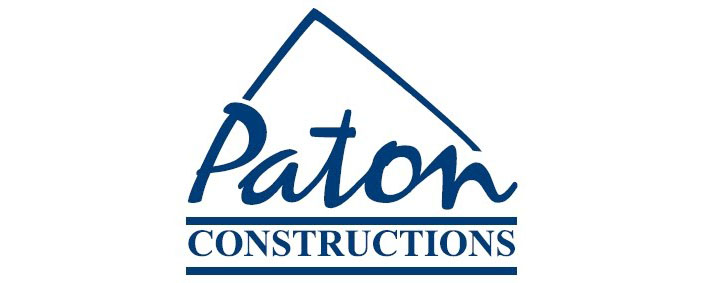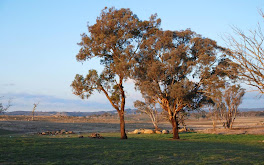
There are eight climate zones for thermal design within Australia.
Low humidity, high diurnal range.
Four distinct seasons. Summer and winter exceed human comfort range, variable spring and autumn conditions.
Cold to very cold winters with majority of rainfall. Hot dry summers.
Recommended use of these passive solar principles.
High thermal mass is strongly recommended. Insulate thermal mass including slab edges. Maximise north facing walls and glazing, especially in living areas with passive solar access. Minimise east, west and south facing glazing. Use adjustable shading. Use double glazing, insulating frames and/or heavy drapes with sealed pelmets to insulate glass in winter. Minimise external wall areas (especially east and west). Use cross ventilation and night time cooling in summer. Site new homes for solar access, exposure to cooling breezes and protection from cold winds. Draught seal thoroughly and provide airlocks to entries. Install auxiliary heating in extreme climates. Use renewable energy sources. Use reflective insulation to keep out heat in summer. Use bulk insulation to keep heat in during winter. Bulk insulate walls, ceilings and exposed floors.









